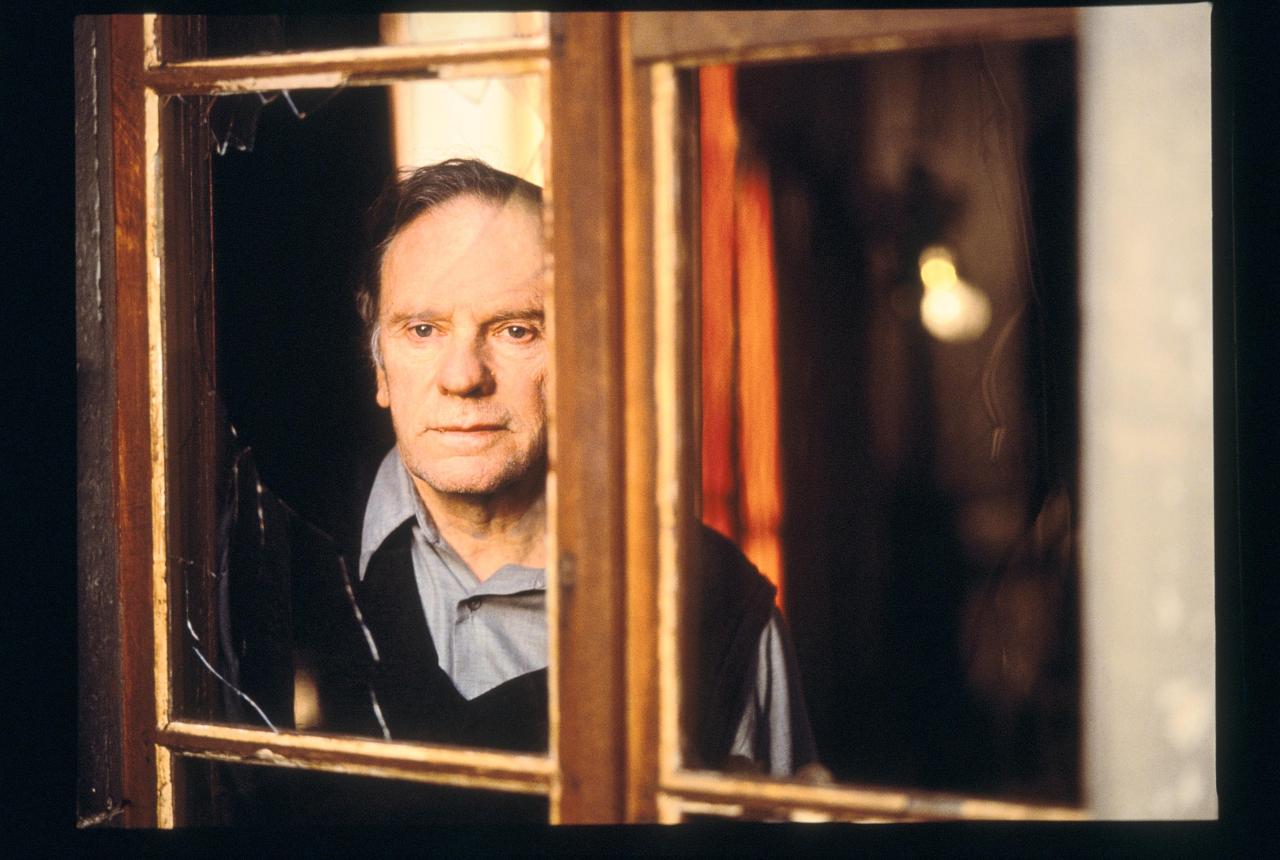Summary:
A model forms a relationship with a retired judge that has a hobby of invading on people’s privacy.
My Thoughts:
Even though Kieslowski’s Three Colors Trilogy is meant to be a symbolic of the colors on the French Flag, and the colors themselves are meant to stand for three political ideals of the French revolution (liberty, equality, and fraternity), I decided to tackle the Trilogy for the Polish leg of our World Tour Series because Kieslowski is Polish, and this second film (“White”) has parts that are set in Warsaw. This film is meant to represent fraternity.
I really enjoyed all three entries in Kieslowski’s Three Colors trilogy. All three films show Kieslowski’s unique perspectives on important aspects of the human condition; grief, redemption, pain, love, isolation, tenderness between strangers… Kieslowski talks about all of these things in subtle ways throughout these films (through symbolism and metaphor), and he does so in a way that seems to simply ring with truth. He asks the viewer to work with him in order to achieve emotion and give deeper meaning to the themes hidden away beneath the surface, and if the viewer is willing to think about what’s happening before them, the result is a magical and wholly human experience. I honestly enjoyed all three films almost equally, but it’s in this film, in the final five minutes, where all the themes of all the films are sort of wrapped up nicely in a way that feels very profound, so that was enough for me to give this film a perfect score (the other films I gave a 4.5/5). I honestly think watching these films rather close together is probably the best way to watch them, for that’s the best way to recognize all the smaller connections.
“Deciding what is true and what isn’t now seems to me… a lack of modesty.”
“Three Colors: Red” follows a model named Valentine (Irene Jacob, “The Double Life of Veronique”). One day, while driving home from work, Valentine hits a dog with her car. She stops and sees that the dog belongs to a man named Joseph Kern (Jean-Louis Trintignant, “Amour (2012)”), so she takes the dog back to him and asks if he would like the dog taken to the vet. Eventually, the two form a relationship, and Valentine learns that Kern is a former judge whom has a habit of listening to other people’s phone conversations. This film has been interpreted by some as an anti-romance, where “Blue” was an anti-tragedy, and “White” and anti-comedy.
I think the thing that works best about this film is the themes, and the symbolism that is brought to light when looking at the characters in a certain way. This film is about an old Judge that has the ability to listen in on people’s conversations, in a way, he’s just short of omniscient (think about him as God). This film, in a way, is allegory- a rumination- about the character of God- a being set apart from the rest of the world, but still very attached to it. But, this film in no way is only about that. It’s also a film about people not judging people for things they don’t understand, have no business understanding. It’s a movie about all being on a journey together, knowing that there is hurt and pain out there, and choosing to cling to one another for love, compassion, and support.
Verdict:
There is a lot to love about this film in particular, but even more to love about this trilogy as a whole. All three films are incredibly simple when it comes to plot, but when looked at through a film of metaphor, the stories take on so much more meaning. I would absolutely recommend all three of these films, but “Red” is probably the one that will stick with me the longest.
Review Written By:





